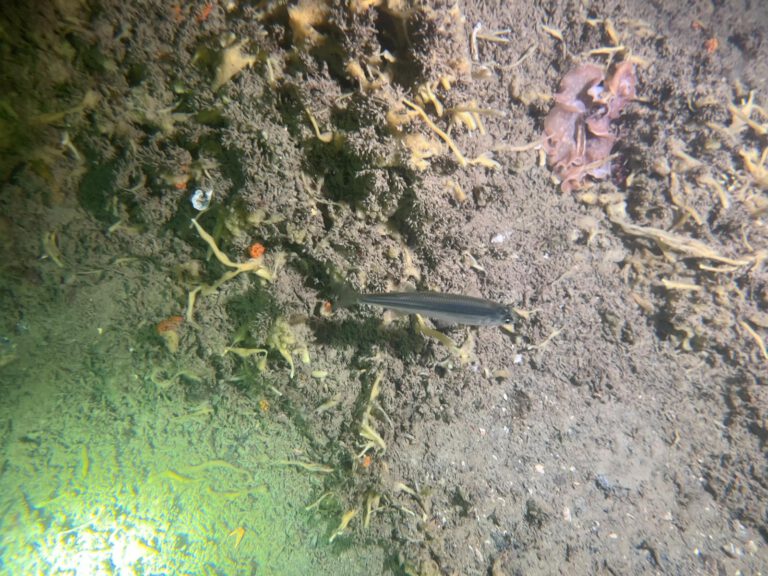Tunicates (Sea Squirts)

Tunicates (Sea Squirts) – Ascidiacea Class
Taxonomy: Tunicates belong to the Ascidiacea class within the Chordata phylum. They are closely related to vertebrates, sharing a notochord during their larval stage.
Species: Over 3,000 species of tunicates exist. They range in size from tiny millimeters to large, football-sized creatures. Some live in colonies, while others are solitary.
Reproduction: They reproduce both sexually and asexually. Colonies can bud off new individuals, while solitary tunicates release eggs and sperm into the water. Fertilized eggs develop into free-swimming larvae.
Habitat: Found in oceans worldwide, tunicates prefer shallow, coastal areas. They often anchor to rocks, docks, or coral reefs. Some tunicates can also be found in the deep sea.
Diet: Tunicates are filter feeders, straining plankton and other small particles from the water. They use a siphon to suck in water and extract food. The filtered water is expelled through a second siphon.
Conservation: Are facing threats from habitat destruction and pollution. However, some invasive species of tunicates pose threats to local ecosystems, outcompeting native species.
Unique Anatomy:
They have two siphons, one for intake and one for expelling water. Their soft, sac-like bodies give them the nickname “sea squirts.” When squeezed, they squirt water out as a defense mechanism.Regeneration: Some can regenerate lost parts. This is particularly common in colonial species, which can replace missing sections of the colony.
Lifespan: Tunicates live from a few months to a few years, depending on the species. Solitary species tend to have shorter lifespans compared to colonial ones.
The Curious World of Tunicates
They are also known as sea squirts, are unique creatures found in oceans around the globe. Their strange, tube-like appearance hides their close connection to vertebrates, making them a fascinating subject for marine enthusiasts.
What Are Tunicates?
They are filter-feeding animals that spend their lives attached to surfaces like rocks or coral. Their bodies consist of a tough outer layer called a tunic, which gives them their name. They feed by drawing water through their siphons, filtering out plankton.
A Day in the Life of a Tunicate
While they might seem like passive creatures, tunicates play an important role in their environment. By filtering the water, they help maintain the balance of marine ecosystems. In colonial species, many individuals work together to form colorful and intricate patterns, providing habitat for other marine life.
Surprising Reproduction
One of the most intriguing aspects of tunicates is their ability to reproduce in two ways. Some species bud new individuals, allowing colonies to grow. Others release eggs and sperm into the water, where fertilization occurs. The larvae are free-swimming, but eventually settle onto a surface where they undergo a dramatic transformation into their adult form.
Environmental Impact and Threats
Can be both helpful and harmful. While native species contribute to their ecosystems, some invasive tunicates can outcompete local marine life. This has caused concern in areas where these invaders disrupt local biodiversity. On the other hand, tunicates are sensitive to water pollution, making them indicators of ocean health.
Conclusion
They may not be the first creatures that come to mind when thinking of marine life, but their role in the ocean is crucial. Their unique appearance, interesting reproduction, and filtering abilities make them an important part of the underwater world.







